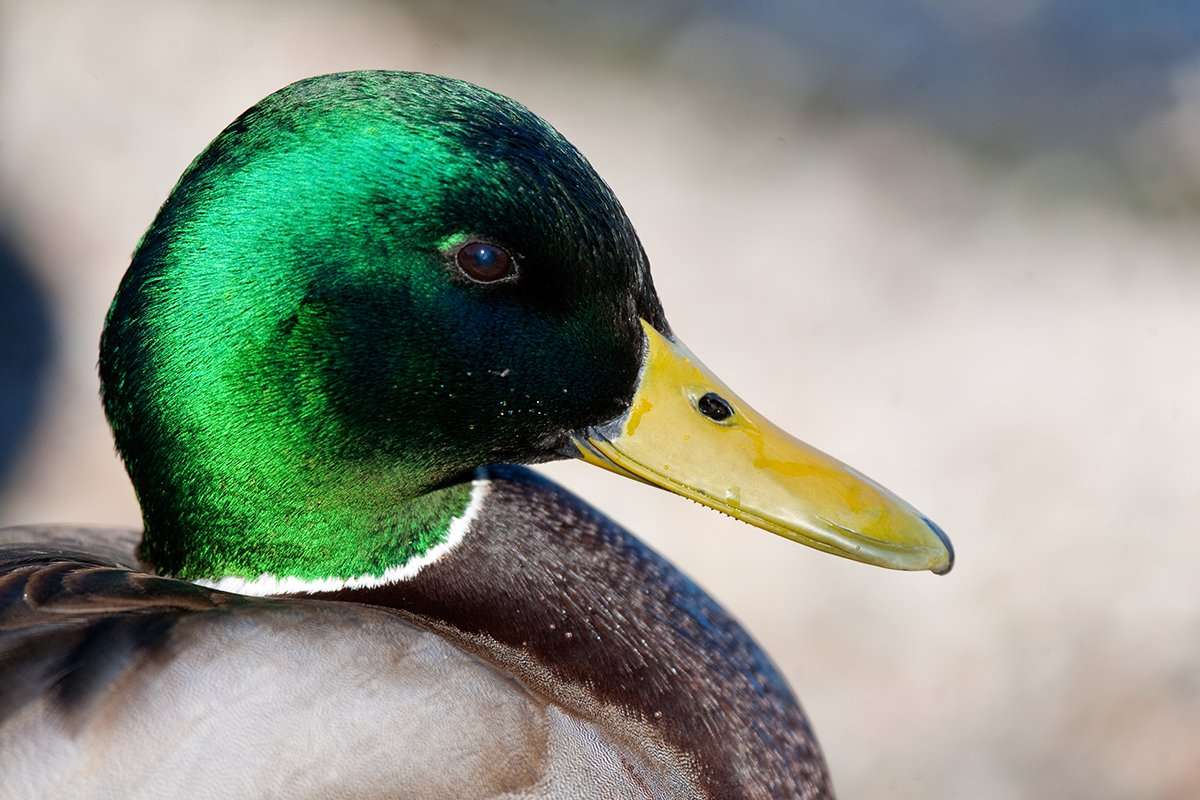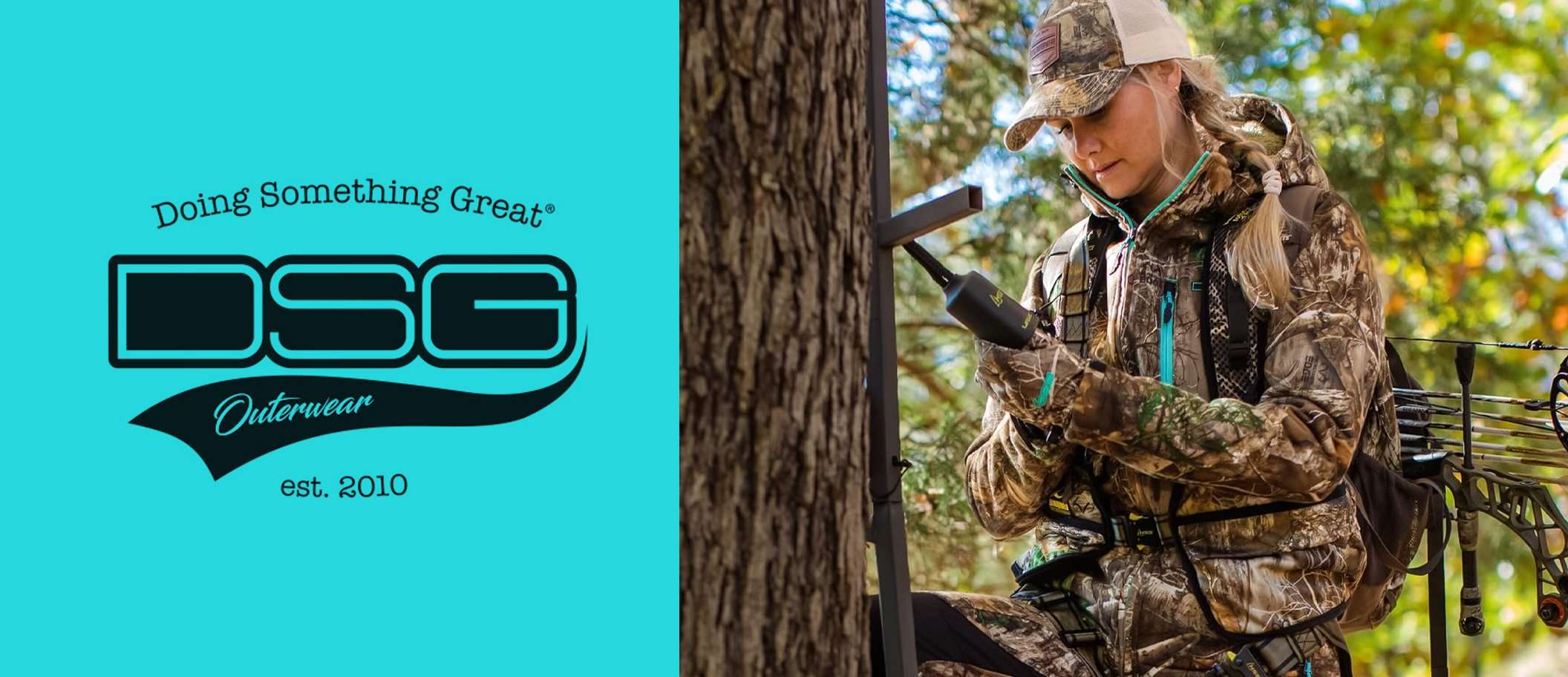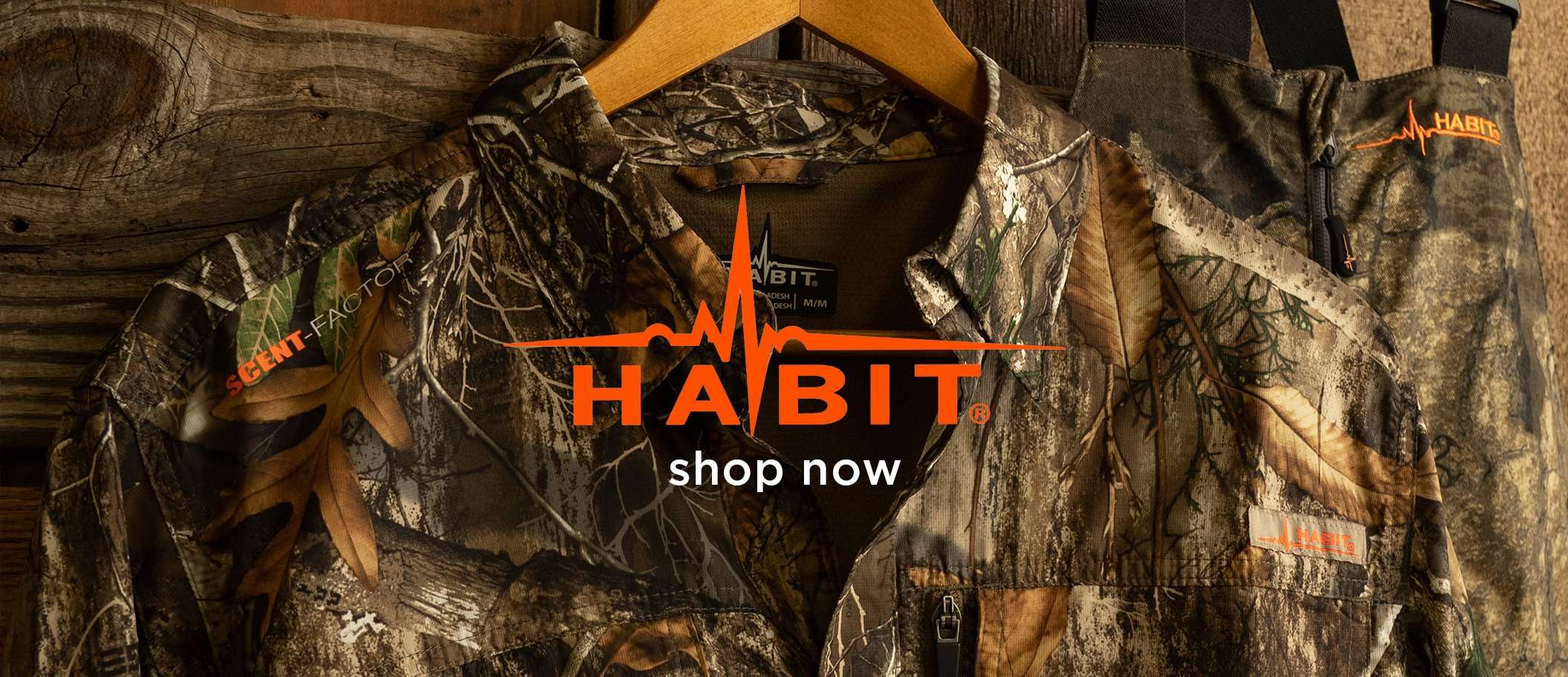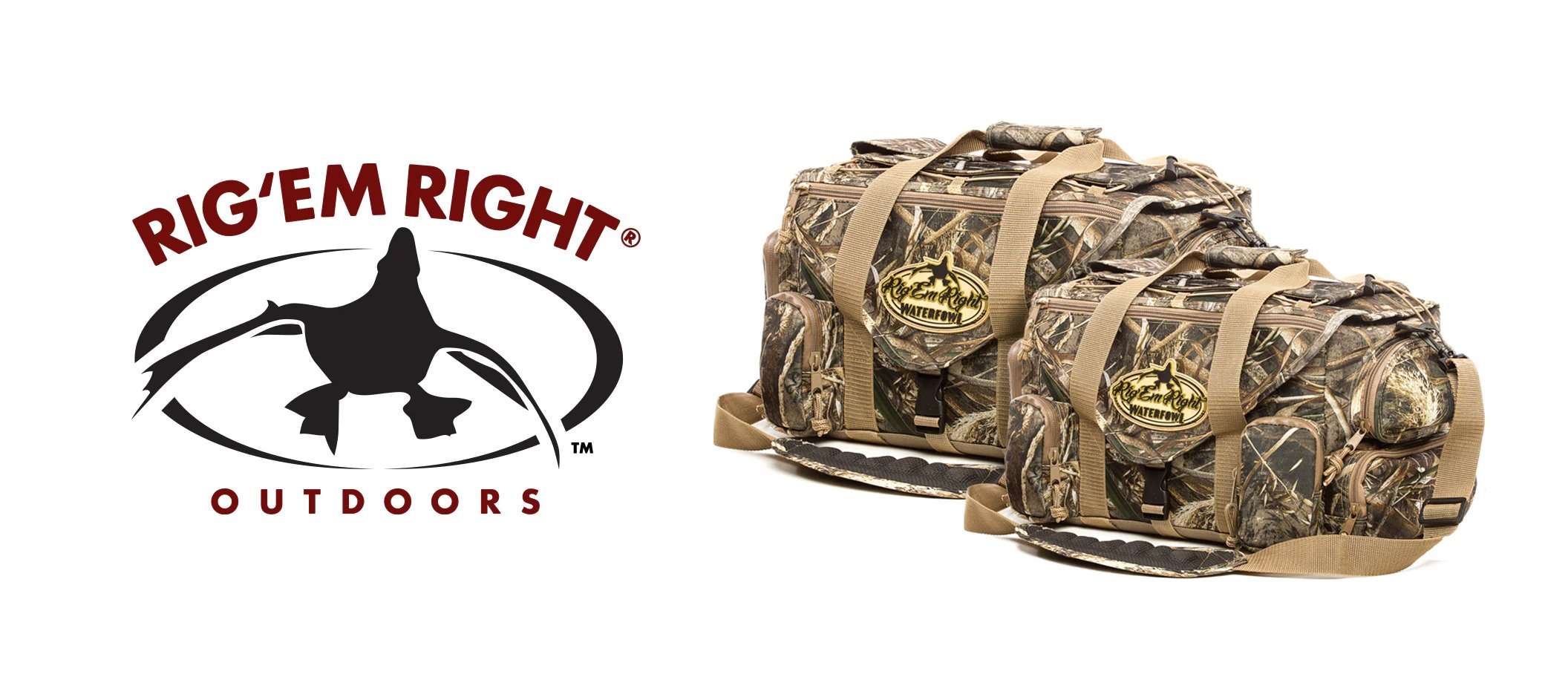126,400
Duck Statewide Harvest
108,200
Goose Statewide Harvest
17,400
No. Waterfowl Licenses Sold Annually
9.4
Ducks Per Hunter
8.1
Geese Per Hunter
$18
Cost of Resident Waterfowl Hunting License
$25 annual habitat stamp, $10 annual waterfowl stamp
Cost of Resident State Stamps and Permits
$25
Federal Duck Stamp
$109; two-day hunt $76
Cost of Non-Resident Waterfowl Hunting License
$25 habitat stamp, $10 waterfowl stamp
Cost of Non-Resident State Stamps and Permits
$25
Federal Duck Stamp
Nebraska has some fine duck hunting and not an overload of hunters. So why only a B rating? Mostly, it boils down to a lack of public hunting acres on which to set decoys.
Still, a hunter with a few connections or someone ready to do some pre-season reconnaissance work and door-knocking can nail down some spots to hunt. This is especially true for Nebraska's early teal season and late-season mallard hunting after deer season is finished.
Depending on the zone, Nebraska's duck season stays open until late December or January. This is a prime state in which to knock down a limit of brightly colored greenheads in grain stubble. Concentrate on the Platte, Republican, Loup, Niobrara, Missouri, North Platte and South Platte river corridors. In milder years, ducks will winter in Nebraska.
One happy exception the private land dilemma in Nebraska is the Rainwater Basin Wetland Management District. Situated across south-central Nebraska, this area of shallow lakes, grassy marshes and productive wetlands offers 61 waterfowl production areas covering more than 24,000 acres of wetlands and uplands.
Nebraska is a strong goose hunting state, especially late, when the migrants arrive. The dark-goose season runs until late January in most of the state, and even into February in the East Unit.
— Compiled and written by Tom Carpenter

Seasons and Bag Limits













